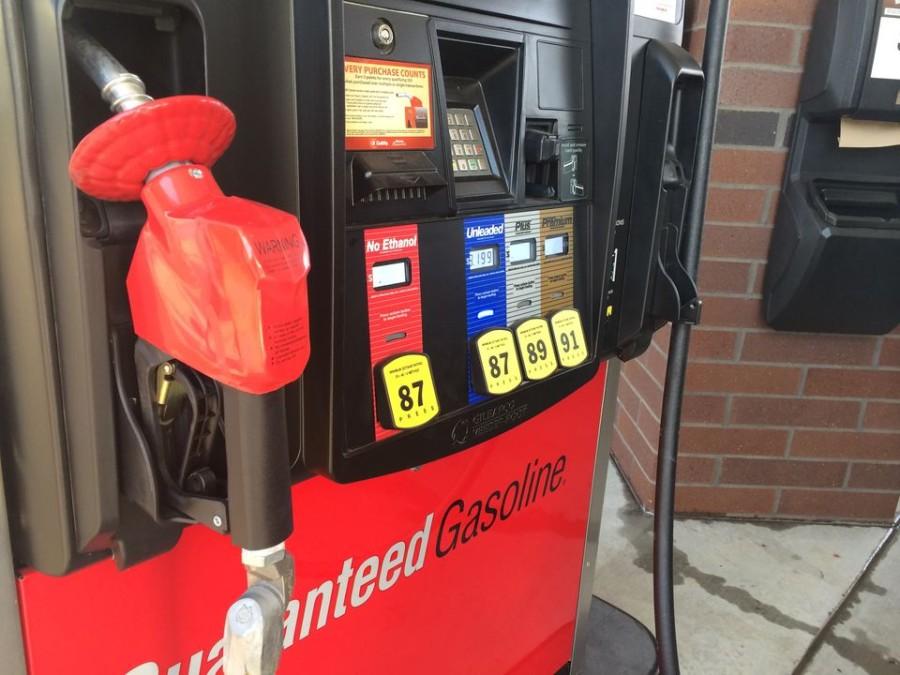Gas Prices: Why are they Dropping?
From turning on a gas-powered stove to driving to school, the oil industry undoubtedly has a great impact on our lives. The global arena would come to a standstill without oil, people would be affected by their cold homes, transportation would become slower without cars and airplanes, and agriculture would be more difficult without tractors. Even plastic toys and chewing gum wouldn’t be readily available.
The reason why the price of oil is decreasing so rapidly is because of supply and demand. Because of new techniques for obtaining crude oil such as hydraulic fracturing, or fracking, the U.S. domestic production has sharply increased, thus increasing the supply. However, oil imports from other countries such as Saudi Arabia and Nigeria must find new markets in Asia to fill in for the U.S. market that no longer needs imports. On top of that, the ever-burgeoning technology in the world has aided in the creation of more fuel-efficient cars and cars that don’t require oil. Therefore, the demand has dropped. An increase in supply and decrease in demand has called for a decrease in prices.
By looking out a car window and at gas station signs, it is evident that oil prices are dropping. According to the U.S. Energy Information Administration, in November 2014, the average price of gasoline was almost $3 per gallon, but it has not dropped to just over $2 per gallon. This benefits the average American household in terms of heating expenses and car fuel prices. But is it really only good?
Oil-producing countries are losing customers and are suffering economically while small American oil companies are gaining debt, laying off workers, and sometimes even going out of business. In addition, with the increase in supply and decrease in demand, inflation could potentially occur, damaging the already wounded U.S. economy.
Now that you know the facts of the economy and its relation to gas prices, is the drop in prices poisonous or antidotal to the average consumer and the global market?










